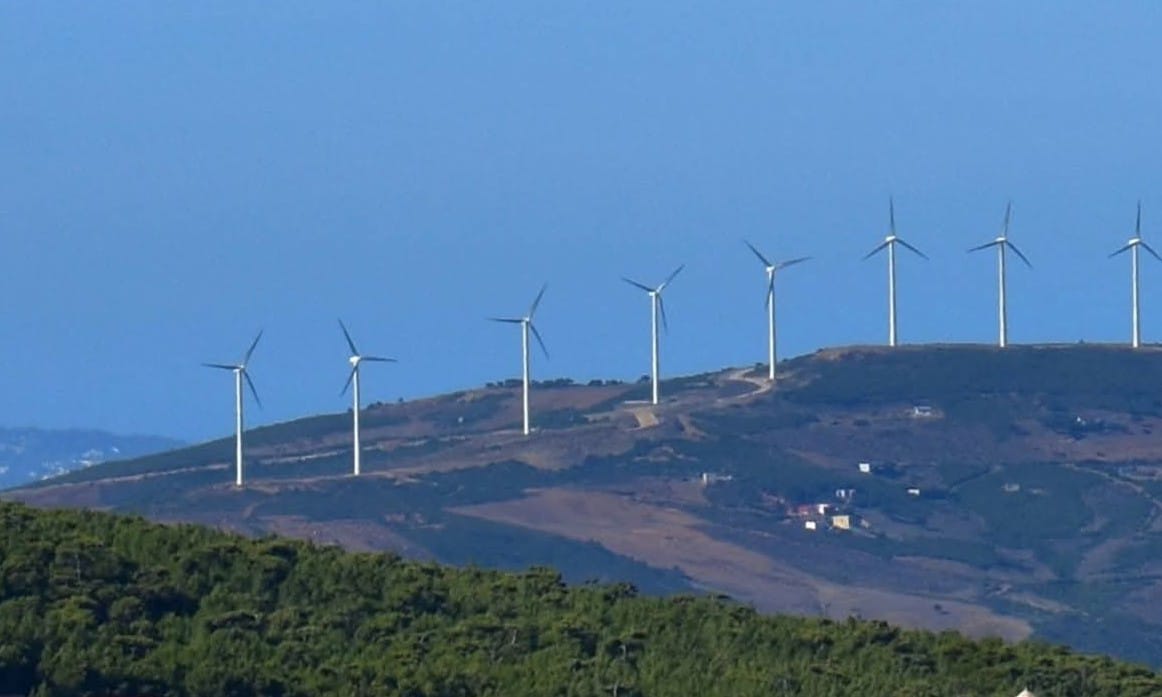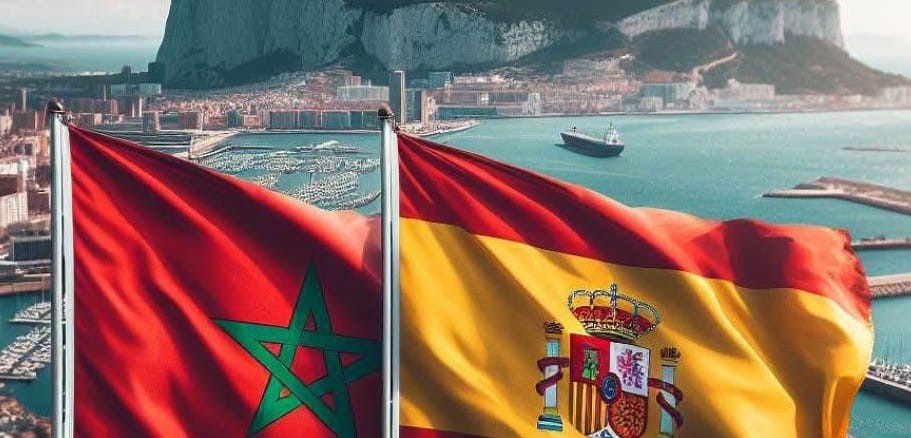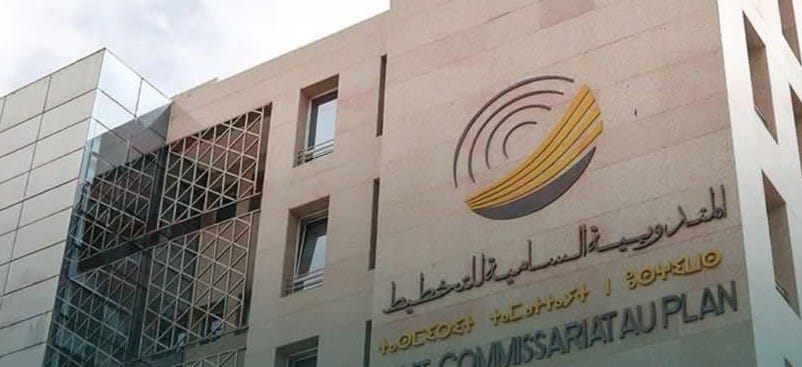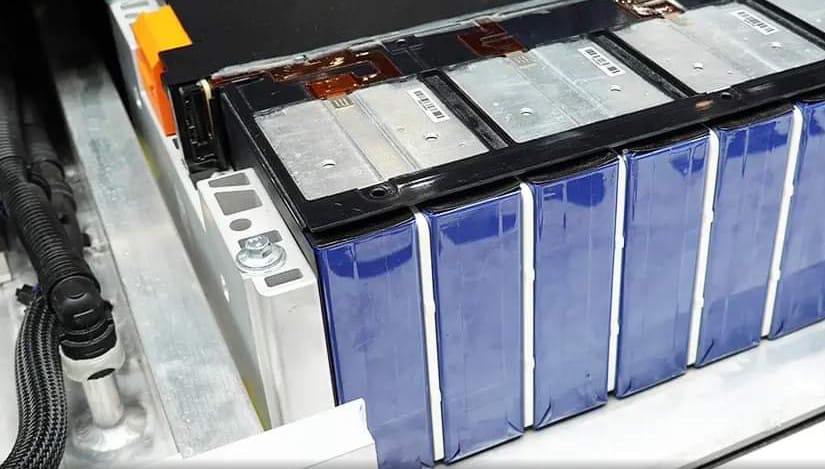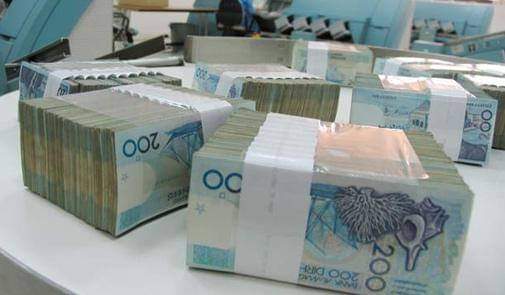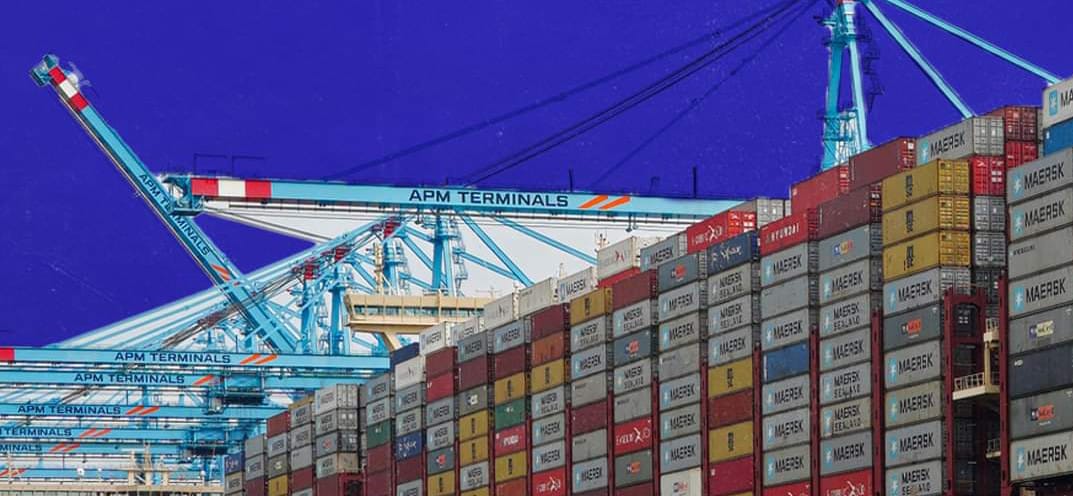Casablanca – Morocco’s ongoing tax reforms have begun to yield tangible results for the national economy, with a notable surge in public revenues and improved fiscal stability during the first quarter of 2025. According to the Minister Delegate for the Budget, Fouzi Lekjaa, the country recorded an increase in tax revenues of approximately $2.1 billion during the first four months of the year compared to the same period in 2024. This significant improvement, representing a revenue execution rate exceeding 38%, is largely attributed to comprehensive tax policy changes implemented in recent years.
In a recent parliamentary session in Rabat, Lekjaa outlined the government’s financial performance and attributed the positive developments to reforms in corporate taxation, value-added tax (VAT), and the generalization of the withholding-at-source system. These changes have broadened the tax base and improved collection efficiency, contributing to a more predictable and transparent revenue flow for the state.
Over the past four years, Morocco’s ordinary budget revenues have risen by nearly $12 billion, marking an average annual growth rate of over 13%. This trend signals not only a stronger fiscal position but also reflects the effectiveness of the reform agenda introduced in 2022. The government had anticipated a gradual strengthening of public finances, and current outcomes suggest it is largely on track with its fiscal roadmap.
As of the end of March 2025, Morocco’s public treasury posted a budget surplus of around $77.6 million. This surplus is especially significant given the concurrent increase in government spending aimed at fulfilling social commitments. Ordinary public expenditures reached approximately $10.3 billion during the same period, largely driven by programs tied to social dialogue agreements, expansion of public healthcare coverage, and direct support for vulnerable households.
Crucially, this strong fiscal performance has provided the government with financial flexibility. Additional budgetary credits totaling about $1.34 billion have been allocated to stabilize the prices of essential utilities such as water and electricity, meet the full obligations of social dialogue initiatives, and support investment projects by public institutions and enterprises.
These developments come at a time when Morocco is actively working to reduce its budget deficit to 3.5% of GDP by the end of 2025, down from 3.9% in 2024. According to Lekjaa, this target is attainable through a combination of disciplined spending and sustained growth in revenue collection, bolstered by the tax reforms already in place.
Further enhancing fiscal confidence, Morocco recently secured a renewal of its Precautionary and Liquidity Line (PLL) agreement with the International Monetary Fund. On April 2, 2025, the IMF approved the release of the first tranche of a $4.5 billion flexible credit line. This move not only reflects international trust in Morocco’s financial management but also serves as a safety net against external shocks, reinforcing macroeconomic stability.
While the increase in public revenue is a clear win for the state, its broader economic implications are equally important. With new fiscal space available, Morocco is better positioned to invest in infrastructure, public services, and strategic sectors that are critical to long-term development. This aligns with broader goals of reducing public debt, strengthening investor confidence, and supporting job creation through targeted investment.
The reforms also aim to create a more equitable tax system. By improving collection mechanisms and reducing tax avoidance, the government hopes to ease the fiscal burden on lower-income populations and promote a fairer contribution from profitable sectors. This approach is seen as vital to reinforcing the social contract and maintaining public support for ongoing economic modernization.
Despite these positive signs, challenges remain. Sustaining the momentum of tax collection while maintaining social spending requires careful balancing. Inflationary pressures, global market volatility, and the need for continued structural reform in other areas of the economy will test the resilience of Morocco’s fiscal strategy.
Still, the performance in early 2025 offers a promising indicator that Morocco’s financial governance is on a stable trajectory. The government’s ability to match increased revenues with strategic spending and long-term planning underscores a maturing economic policy framework—one that could serve as a model for other emerging economies navigating similar fiscal reform paths.
Morocco’s tax reform program is not just improving the health of public finances; it is reshaping the country’s economic foundation with an eye toward sustainable growth, social equity, and macroeconomic resilience.





